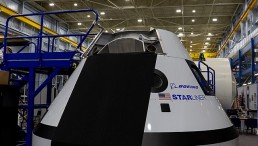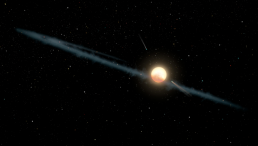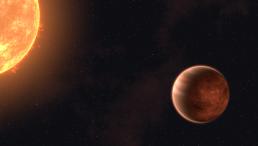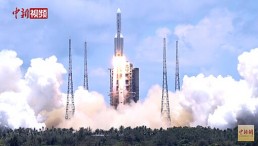A new study that involves the replication of around 100,000 random world proposes that chance played a vital role in enabling Earth to uphold a habitable environment for the three to four billion years required for the complex life's evolution.
A New Atlas report indicates that Earth has not always been the most pleasing place to live. Essentially, the Earth's history is said to be perforated with ice-ages, episodes of hostile volcanism, and even the unusual cataclysmic asteroid effect.
In addition, cyclical mass extinctions, as well as shifts of climate, have brought life on Earth to the edge several times.
Nevertheless, the unique fact stays that humans' home planet has, in some way, managed to remain continuously habitable for the last three or four billion years, long enough for single-known forms of life to evolve into humans.
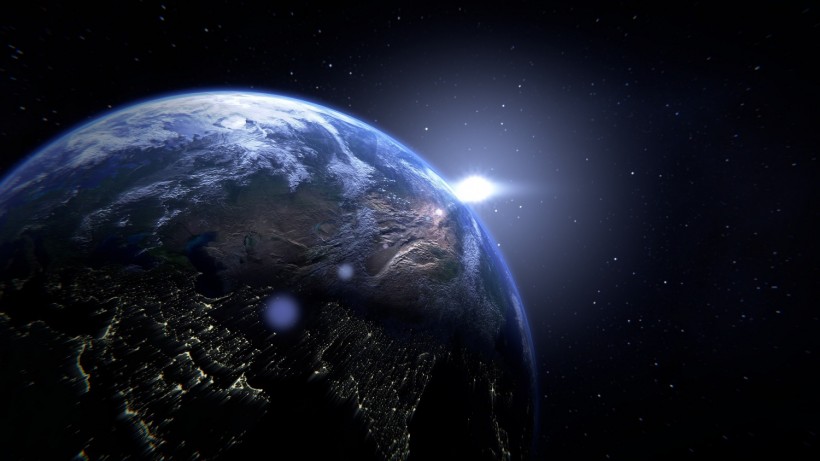
In a new finding, a specialist on Earth system science said, their research set off to shed light on the manner Earth has managed to stay livable and to what degree luck may have played a vital role in its continued success.
How Earth Managed to Stay Livable
In a new finding, University of Southampton specialist on Earth system science Professor Toby Tyrell said, their research set off to shed light on the manner Earth has managed to stay livable and to what degree luck may have played a vital role in its continued success.
To this end, Tyrrell employed the Iridis supercomputing facility at the University of Southampton to prototypical 100,000 randomly different worlds.
He then replicated how their evolutionary paths, thus, their temperatures, were impacted by climate-changing occurrences over the period of three billion years.
Each digital planet's evolution was replicated about a hundred times; for each run, various random occurrences were wreaked upon the worlds.
One Out of 100,000 Planets
It was found that out of 100,000 planets, only one managed to maintain livability for all 100 of its replications. More so, the remaining planets managed to maintain a temperature appropriate for sustaining life for three billion years were able to do so in some of their replicated histories and, therefore, had a possibility of being livable or habitable instead of a certainty of it.
Of the digital worlds, about 8,710 were discovered to be habitable for three billion years in "at least 100 simulated runs."
Furthermore, out of this number, around 8,000 planets had a success rate of below 50 in 100, and 4,500 of these worlds were found to be habitable "less than 10,000 times out of their 100 replications."
The author says the study findings propose that the habitability of earth was not mere predictability. However, instead, that the Earth, or rather each presently living species on it, have been statistically fortunate concerning the environmental calamities that life on this planet has been mandated to endure.
Suitable for Life
Professor Tyrrell says it can now be understood that Earth remained suitable for life for a very long time, "at least in part, to luck."
For example, if a slightly bigger asteroid had hit Earth, or had done so at another time, then this planet may altogether have lost its habitability.
To put it in a different way, Tyrrell continues, "if an intelligent observer" had existed on the early Earth as life originally evolved and was able to compute the planet's changes, staying livable for the next several billions of years, such a computation may well have uncovered very poor probabilities.
This research came out in the Nature journal, Communications Earth & Environment.
ALSO READ: New Insights Into the Link Between the Sweet Taste of Sugar and Regulating Satiety Revealed
Check out more news and information on Habitable Planet in Science Times.










